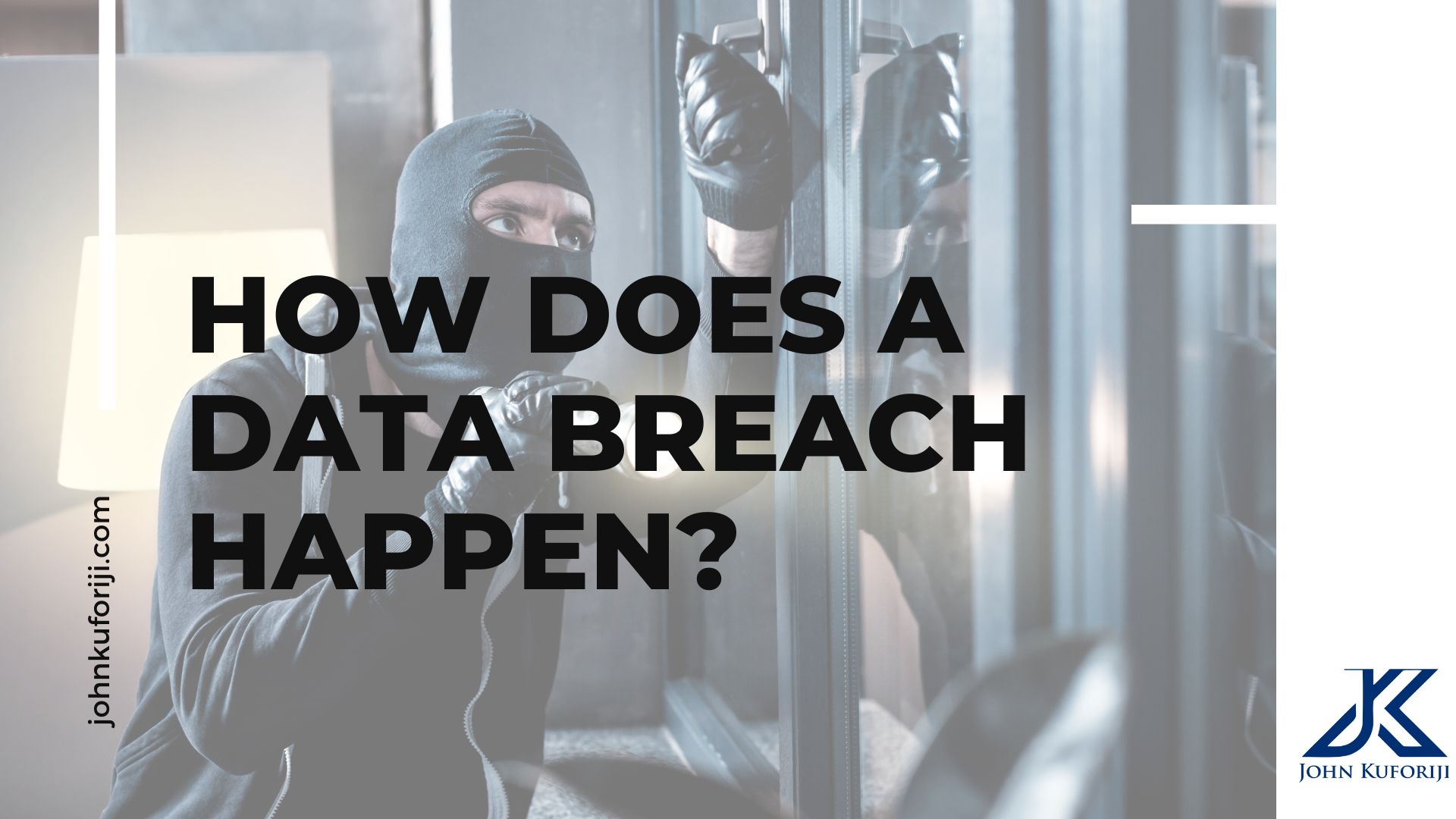
Introduction: The Digital Break-In
In Yoruba culture, there’s a proverb: “T’ógirí ò bà lánu, àlángbá ò lè wọ ógirí.” Translated, it means: “If the wall doesn’t open its mouth, the lizard cannot enter.” This is a powerful metaphor. Just as a crack in a wall allows a lizard to slip in, vulnerabilities in your digital security create openings for attackers to breach your systems.
Imagine this scenario: It’s Christmas and your family is en route to a tropical escape in Hawaii, leaving behind the cold Canadian winter. You’ve packed your bags, locked your doors, and headed to the airport. While waiting to board your flight, you receive an alert on your phone: “Back door opened – motion detected in your living room.” Everyone who should be with you is right there at the airport, so who’s at home? You’ve just been breached. You realize you forgot to lock the little-used back entrance. The physical break-in is unsettling, but it’s similar in principle to how data breaches occur in the digital world.
A data breach happens when information is accessed, stolen, or leaked without permission. Whether it’s personal data, business secrets, or government information, breaches can have serious consequences—ranging from stolen identities and financial losses to loss of public trust.
What Happens During a Data Breach?
- Finding the Weak Spot:
Attackers search for vulnerabilities—like weak passwords, outdated software, or unpatched systems—just as a lizard looks for a crack in a wall. - Breaking In:
Using specialized tools, malware, or social engineering techniques, attackers exploit these weaknesses to gain unauthorized access. - Stealing Data:
Once inside, they copy, download, or exfiltrate valuable information. This could be credit card details, login credentials, or confidential business documents. - Using or Selling the Data:
Stolen data can be used for fraud, identity theft, or sold on the dark web to other cybercriminals.
Common Causes of Data Breaches
- Human Error (The “Oops” Factor):
Many breaches stem from simple mistakes—an employee clicks a phishing link, or someone forgets to apply a security patch. Just like leaving your back door unlocked, human oversights open the door to attackers. - Weak or Stolen Passwords (The Easy Key):
Simple or commonly reused passwords make it easy for attackers. If one password is compromised, it can unlock multiple accounts—a concept known as “credential stuffing.” - Phishing Attacks (The Deceptive Bait):
Attackers craft convincing emails or messages impersonating trusted institutions (like your bank or your CEO) to trick you into revealing sensitive information. - Software Vulnerabilities (The Open Back Door):
Unpatched or outdated software, often forgotten or overlooked, can serve as a hidden gateway for attackers. - Insider Threats (The Trusted Intruder):
Current or former employees may misuse their authorized access, either intentionally or accidentally leaking confidential information. - Malware (The Digital Spy):
Malicious software can infiltrate your device through infected downloads or compromised websites, quietly stealing data without being detected.
Real-World Examples of Data Breaches
- Equifax (2017):
- What happened: Attackers exploited a known software vulnerability.
- Impact: Personal data of 147 million people, including names, Social Security Numbers, and credit card information, was stolen.
- Target (2013):
- What happened: Hackers gained access through a third-party vendor and compromised the payment systems.
- Impact: Information on 40 million customers’ payment cards was stolen, leading to loss of trust and significant financial damage.
- Facebook (2019):
- What happened: Misconfigured databases exposed hundreds of millions of user records.
- Impact: Personal details, including phone numbers and user IDs, were leaked.
Protecting Yourself from a Data Breach
There is no perfect, single solution—no “silver bullet.” Instead, consider a layered approach known as “defense in depth.” Think of it like a Matryoshka doll fortress: if an attacker breaks through one layer, another layer awaits, and then another, making it increasingly difficult for them to succeed.
Recommended Practices:
- Use Strong, Unique Passwords:
Avoid common words or easy patterns. Consider using a password manager. - Enable Multi-Factor Authentication (MFA):
Adding an extra verification step, like a code sent to your phone, makes unauthorized access more difficult. - Beware of Phishing Attempts:
Double-check suspicious emails and links before clicking. Verify the sender’s authenticity through other channels if in doubt. - Keep Software Updated:
Regularly install updates and patches for operating systems, applications, and devices to close known security gaps. - Monitor Your Accounts:
Regularly review banking, credit, and other sensitive accounts for unusual activity. - Use Trusted Networks:
Avoid accessing confidential information on public Wi-Fi networks without a secure VPN connection.
What to Do After a Breach
If your data is compromised or you suspect it might have been, act quickly:
- Change Your Passwords:
Immediately update login credentials for accounts that may have been affected. - Monitor Your Accounts:
Keep a close eye on financial and personal accounts. Look for suspicious transactions or login attempts. - Freeze Your Credit (If Applicable):
A credit freeze can prevent identity thieves from opening new lines of credit in your name.
Conclusion
Just as a crack in the wall invites a lizard inside, weaknesses in your cyber defenses invite attackers. Understanding how breaches occur and taking proactive steps to secure your data can help prevent these digital break-ins. By using a layered defense strategy—strong passwords, MFA, vigilant monitoring, updated software, and caution against phishing—you can create a near-impenetrable fortress around your valuable information.
